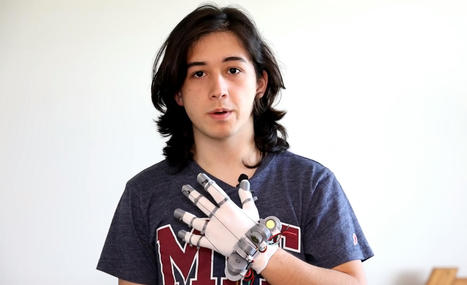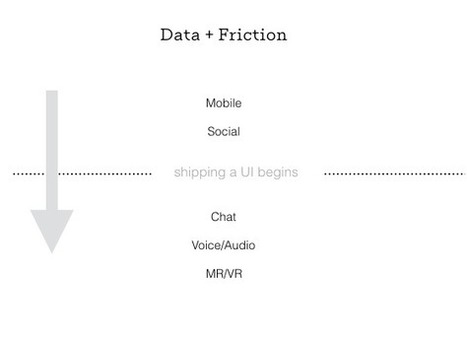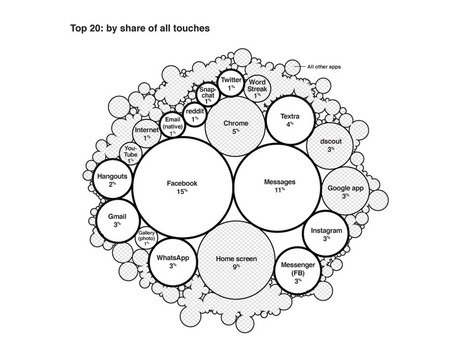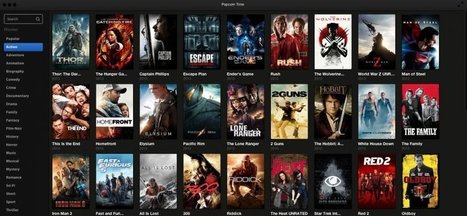A student YouTuber by the name of Lucas VRTech has designed and 3D printed a pair of low-cost finger tracking gloves for use in virtual reality. Named LucidVR, the open-source gloves are currently on iteration three, and grant users the ability to precisely track their fingers without the use of dedicated VR controllers. Lucas is […]
Research and publish the best content.
Get Started for FREE
Sign up with Facebook Sign up with X
I don't have a Facebook or a X account
Already have an account: Login
 Your new post is loading... Your new post is loading...
 Your new post is loading... Your new post is loading...
|

Philippe J DEWOST's curator insight,
March 17, 2014 11:24 AM
Popcorn time is back ! Beyond the debate around the pirated content database it is leveraging, the real thing they achieved is a total streamlining of the user experience, with a focus on simplicity and an impressive result. It may not be (hopefully) the future of TV but it clearly paves the way while echoing a few slides from http://j.mp/beyondscreens |














Oblong's implementation of the Minority Report Gloves was certainly more expensive — https://vimeo.com/76468455